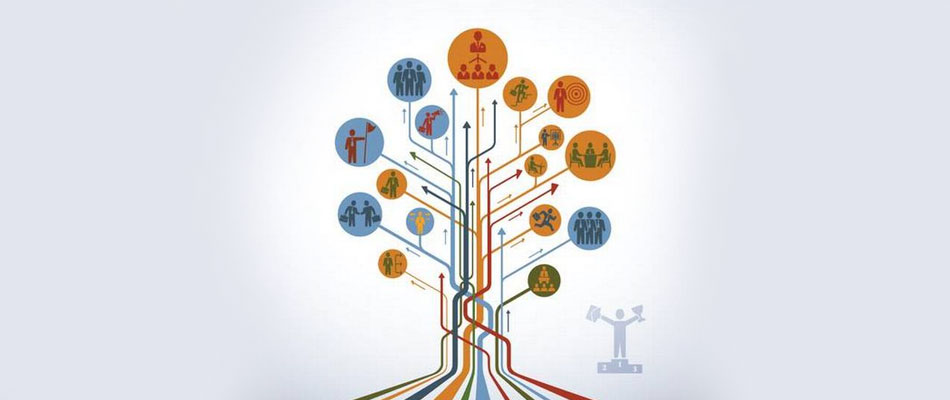It will be more organic and evolving and not rigid; likely be fluid, responsive, and quick to adapt
Any prediction should come with its own set of associated terms and conditions and a disclaimer about taking it seriously. At a time when the Covid-19 pandemic is ravaging the entire planet, it is surely a rather perilous task to attempt a forecast on the shifting nature of organisational structures in the next couple of years. After an amount of normality can be restored in the lives of people and nations try to rebuild their economies, what kind of changes we will witness in the structural elements of organisations?
It is reasonable to assume that organisations will have to operate in an environment of heightened complexity, acute uncertainty, and sharp volatility at least in the medium term. Following a conventional long-term strategy (for exmaple, cost minimisation, innovation, and quality-control or imitation) in this scenario is unlikely. Most probably organisations will try to become more agile, quick-to-response, and flexible — while following a hybrid strategy. As we already accepted, downsizing, lay offs / retrenchment, and massive cuts in employee cost (in all feasible manners) are here to stay for a while. We also do not expect hiring in bulk and generous expenditure on employee retention, engagement, or development — even though we anticipate increased investment in advanced technological solutions.
Using the six fundamental elements of organisational structure extensively accepted and applied by experts (work specialisation, departmentalisation, chain of command, span of control, centralisation and decentralisation, and formalisation), let us hazard a guess.
Work specialisation
The “new normal” business environment would demand operational efficiency and business effectiveness like never before in history, arguably. Organisations operating with a ‘rationalised’ workforce would depend more and more on generalists with special skills for business results. Even though super specialisation for critical roles would remain relevant, it won’t be surprising if specialists are expected to take up generalists’ roles in times of need.
Departmentalisation
Traditional parameters for constituting departments (like function/area, product/service, and geography/market) could become less relevant and effective. Higher emphasis on deliverables would probably cause more deployment of temporary, project-driven, cross-functional teams. We are also likely to see higher integration among existing departments and significant restructuring. In other words, the definition of a ‘department’ would become fluid.
Chain of command
The idea of having a fixed authority and unity of command might not remain very practical or result-oriented. At the same time, it is difficult to foresee a complete and swift overhaul of the existing arrangement. Perhaps, our best alternative is to anticipate the chain of command being ‘constantly evolving’ and at the same time highly contingent on the scenario of a given time. It would be a fuzzy zone to operate.
Span of control
As we expect more temporary, result-oriented, cross-functional teams — we also expect to see the number of people reporting to each manager and team leader increasing. The frequency and scope of reporting would also be completely context-driven. The higher numbers would make the managerial role even more demanding.
Centralisation and decentralisation
This element of organisational structure would develop similarly as the chain of command. In the short and medium-term at least, we may witness a very interesting co-existence and combination of contrasting features. As decision making would be highly influenced both by global and local elements of the environment, we will note the consequences in the structural details of organisations. In other words, contingency would be the major decisive force here as well.
Formalisation
We expect to spot significant changes with this element. The emerging environment will make us relook at our roles with a critical eye. It won’t be unexpected if some roles become more standardised and offer lesser room for flexibility. At the same time, we will see some roles which would be more alterable according to the situation.
When combined, our projection of the six elements of organisational structure offers a broader outline of the emerging scenario. Structures will be more organic and evolving in nature, as opposed to a mechanistic and rigid nature. The pandemic will ensure organisations re-evaluate their strategic and operational model and also their objectives. Organisations will try to adopt with structures that are fluid, responsive, and quick to adapt.
- Prof. Diganta Chakrabarti, Associate Professor – Human Resources


